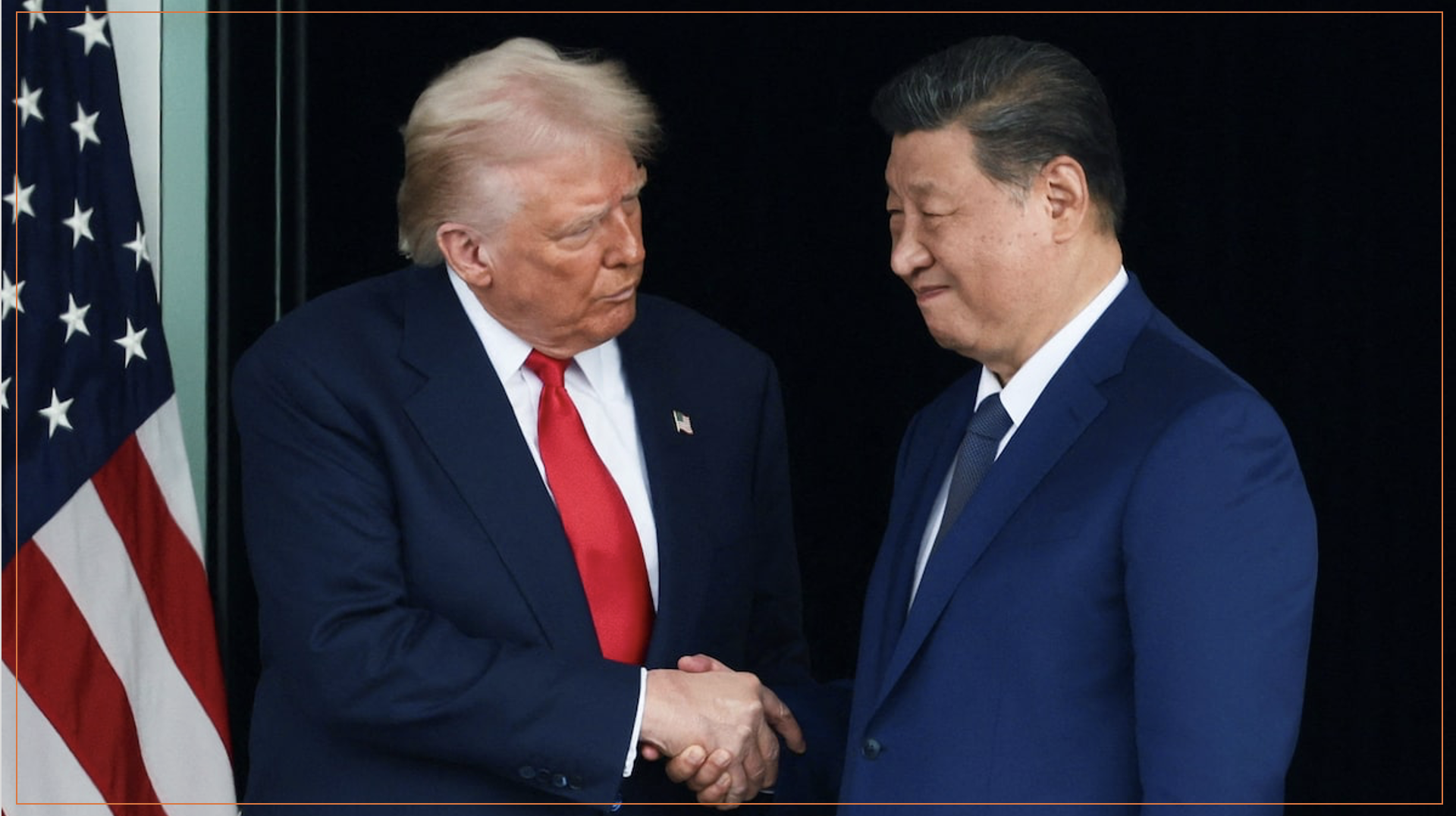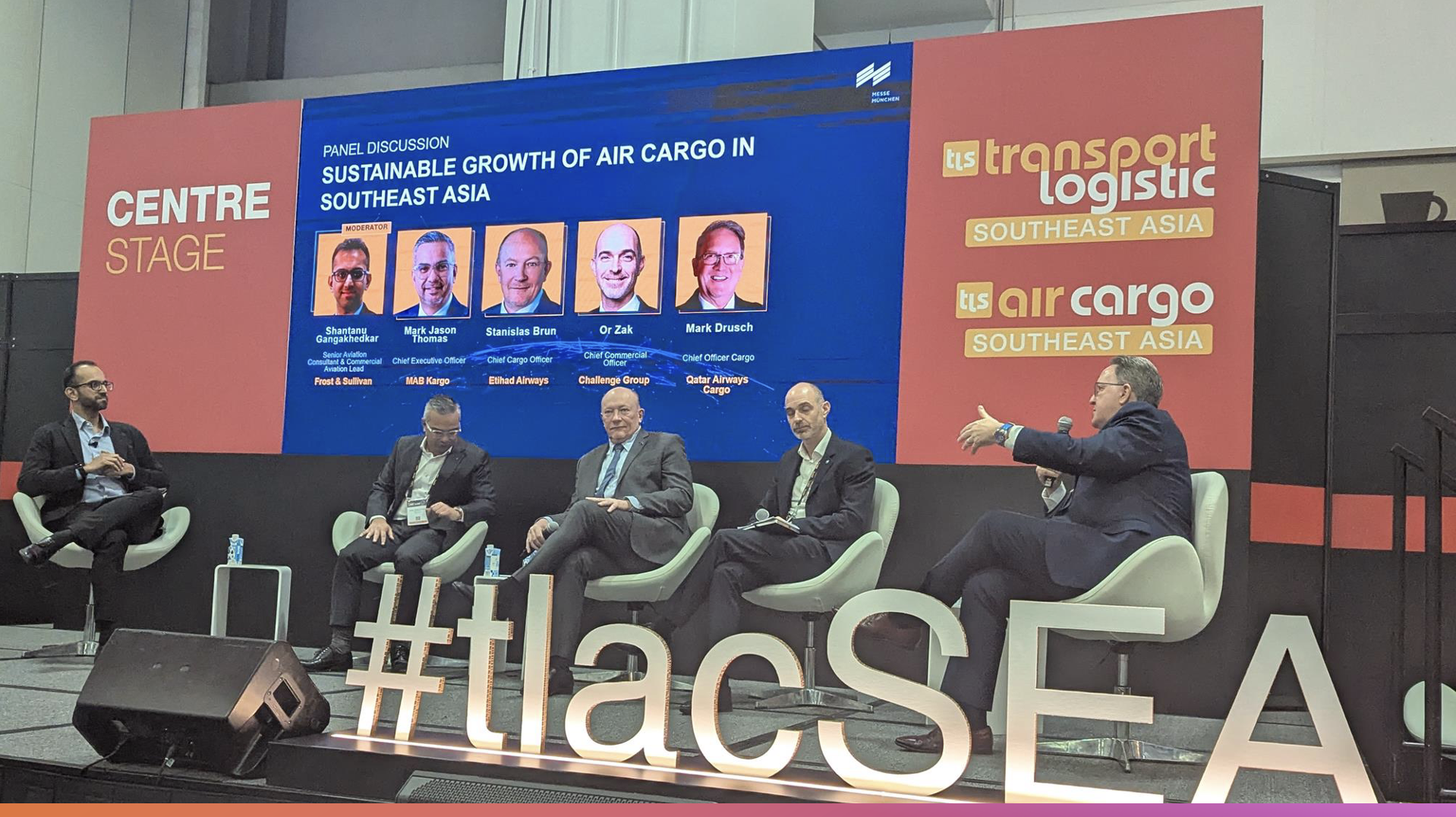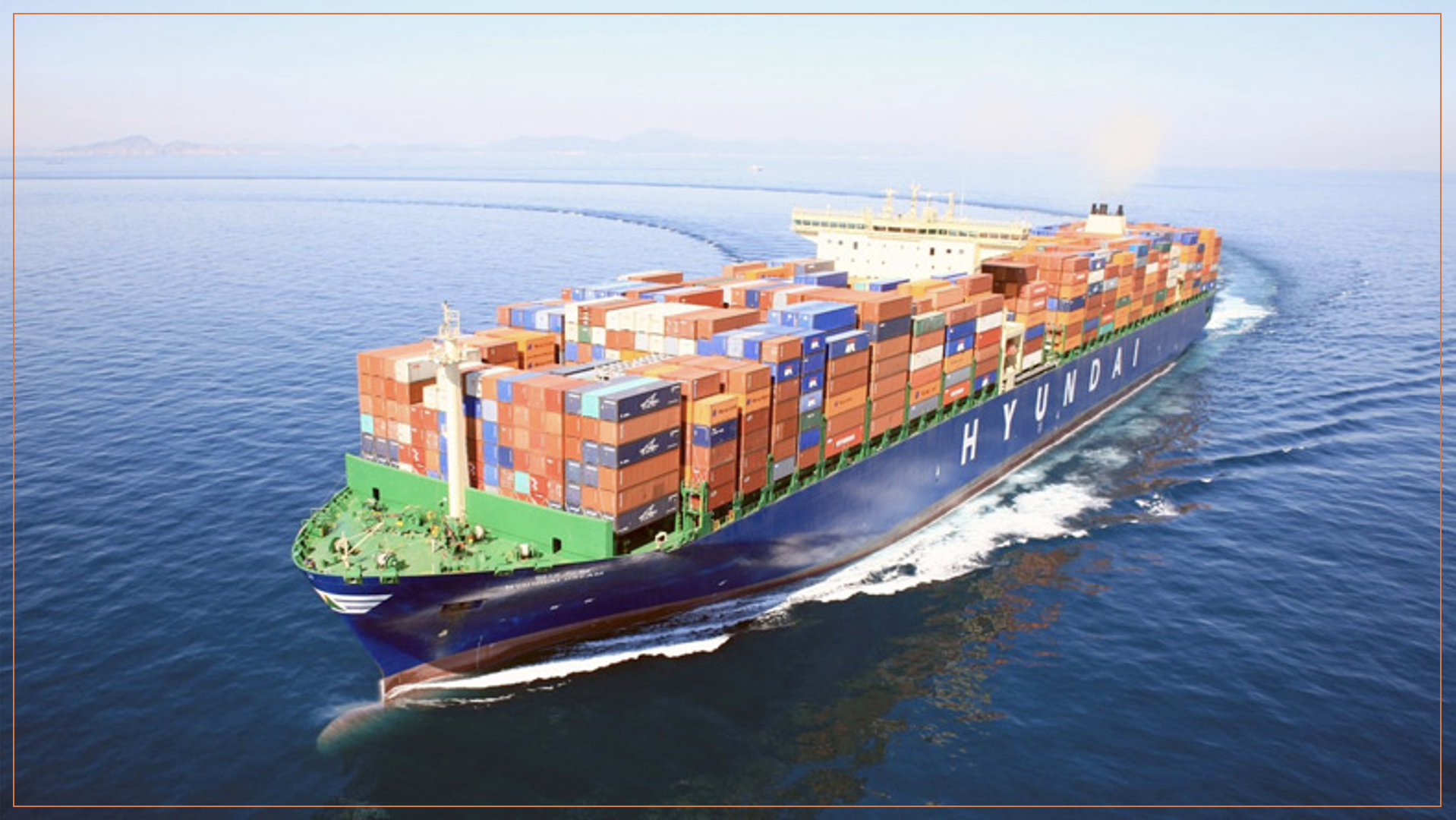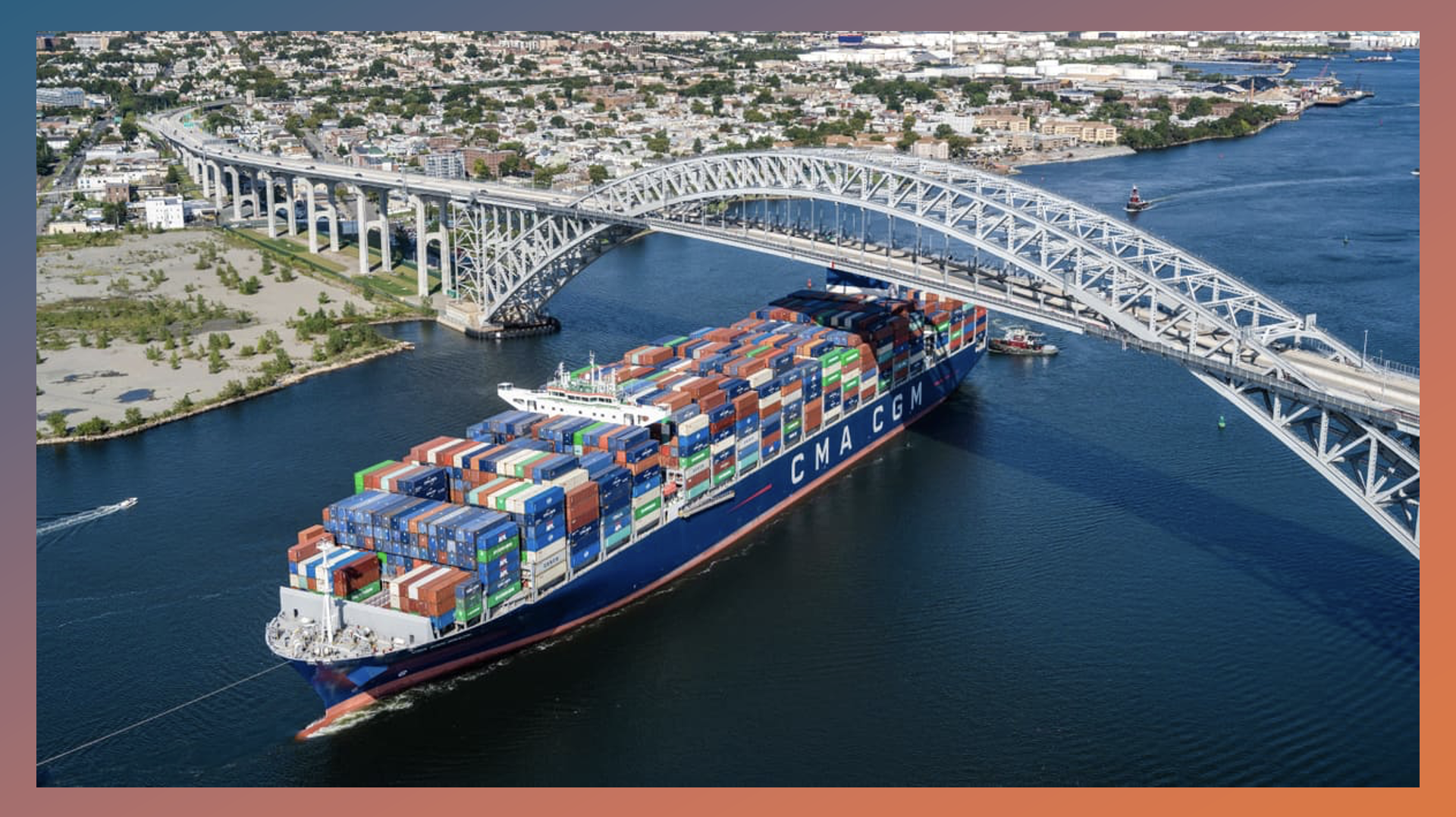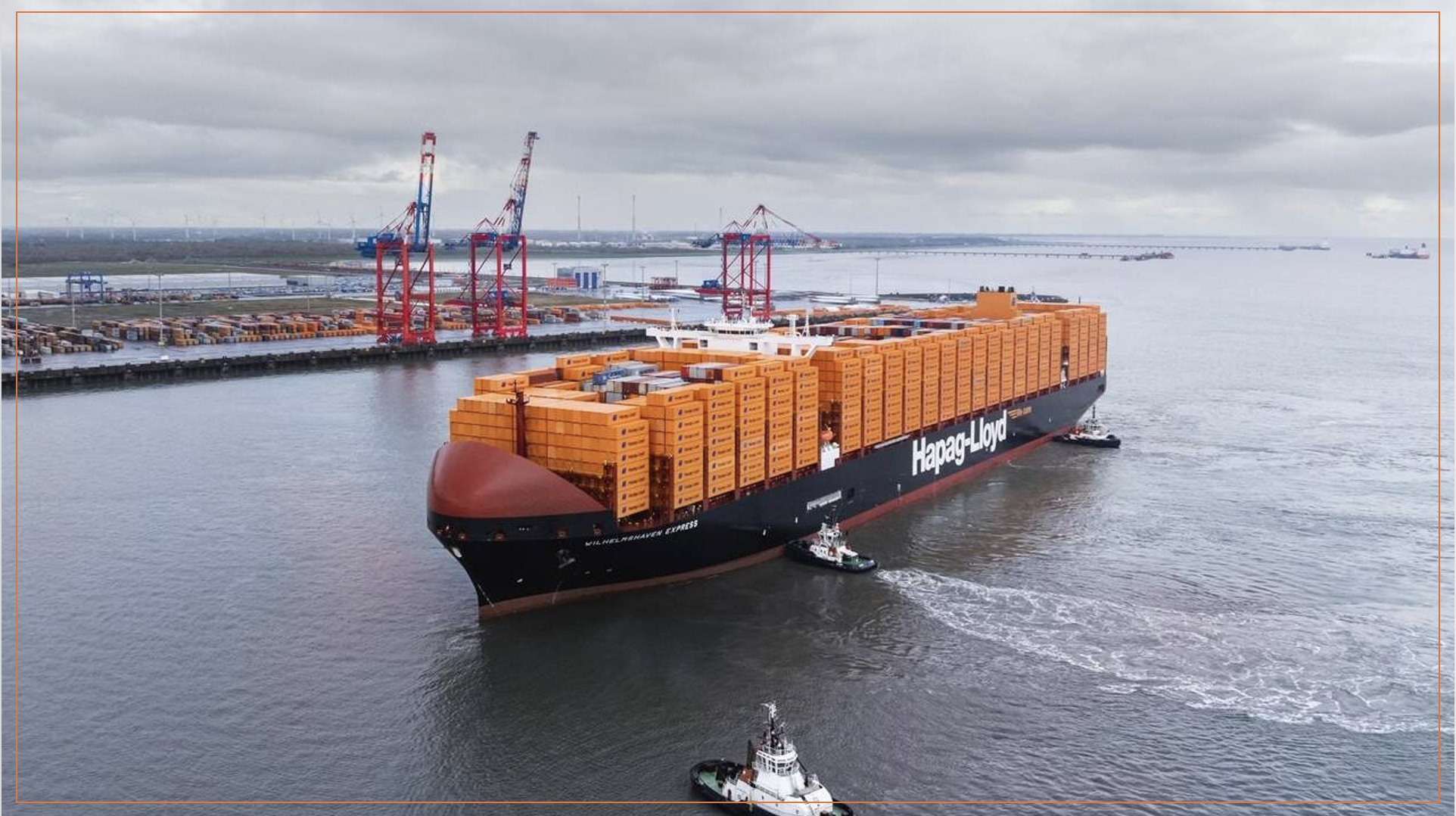Asia-U.S. Container Rates Rebound Sharply
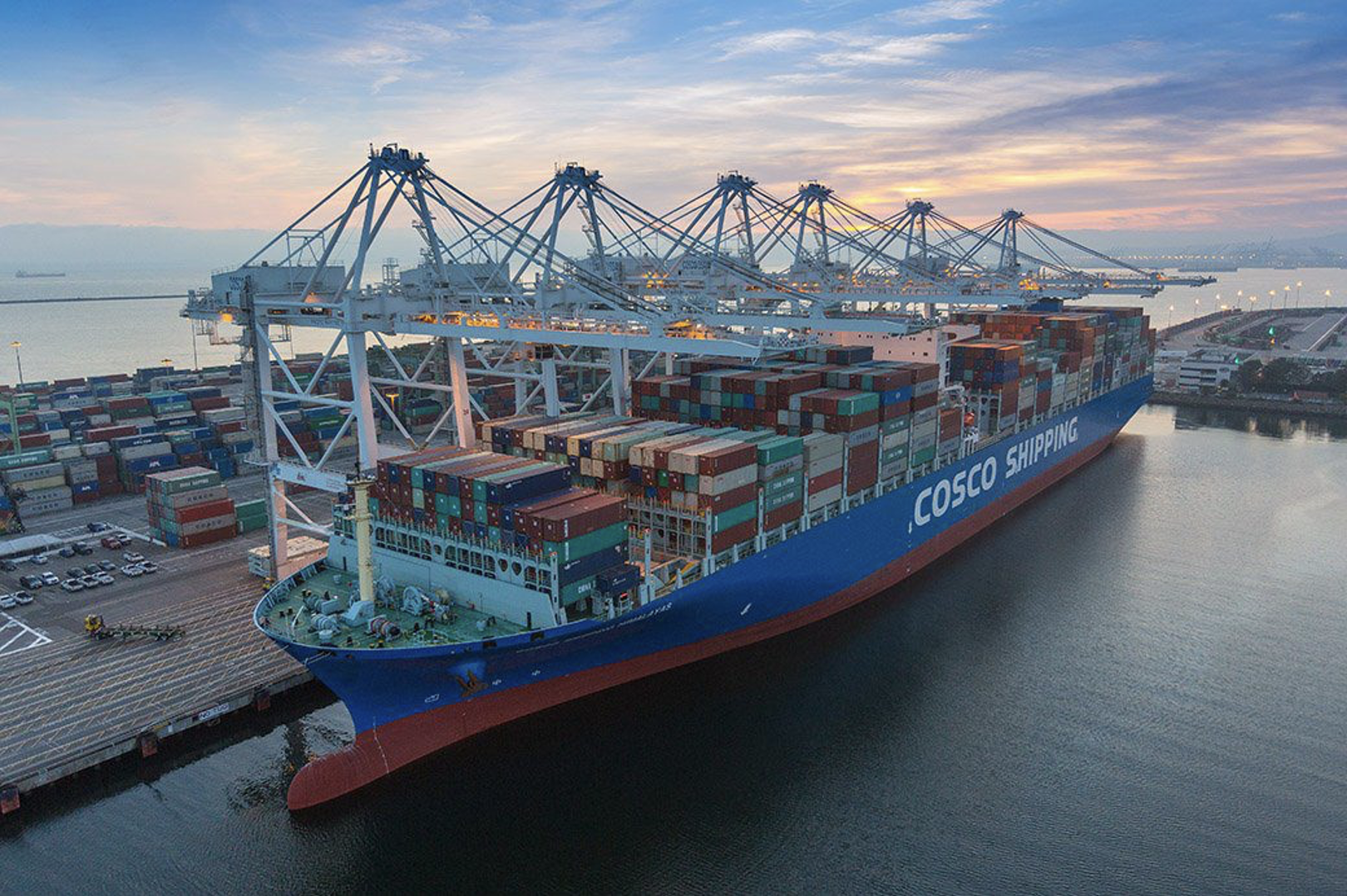
Cosco Vessel at Long Beach Port
GRIs and reduced capacity lift trans-Pacific pricing
The persistent uncertainty that has characterized global ocean shipping this year resurfaced over the past week — but this time, it may signal a positive turn for carriers.
Eastbound trans-Pacific container rates posted notable increases, ending a prolonged slide that had challenged 2023’s record lows.
According to the Freightos Baltic Index, rates from Asia to U.S. West Coast ports rose 18% to $1,687 per FEU, while prices to the East Coast increased 2% to $3,071 per FEU.
Analyst Levine said there could be further positive developments for trade following renewed political engagement between China and the United States. Chinese Vice Premier He Lifeng is set to meet with U.S. Treasury Secretary Scott Bessent this week in Malaysia, ahead of a scheduled meeting between President Donald Trump and President Xi Jinping in South Korea at the end of the month.
Beijing and Washington have been engaged in a Jenga-like contest of tariffs and export restrictions. However, the U.S. has issued multiple exemptions for automobiles and other strategic imports, while President Trump recently admitted that soaring tariffs are “unsustainable.”
The weaponization of maritime trade and port operations continues, though the immediate cost impact remains limited. According to Levine, there have been no reports of vessels paying the U.S. Trade Representative’s new port fees, which took effect on October 14. Only one China-built vessel is scheduled to arrive at the Port of Los Angeles this week. Meanwhile, a reciprocal Chinese port tax reportedly cost a U.S.-flagged Matson (NYSE: MATX) container ship $1.7 million to dock in Shanghai.
“Just like on the eastbound trans-Pacific lane, carriers are redeploying vessels subject to potential fees to other routes to avoid surcharges at Chinese ports,” Levine said.
The embargo-like impact of Trump’s 145% tariffs on Chinese goods between April and mid-May caused a sharp decline in ocean volumes, and Levine warned that the 100% tariff set for November 1 would likely produce a similar effect.
“Still, the typical November slowdown and earlier frontloading could mean a smaller volume drop compared to April–May,” he added.
Elsewhere, Asia–North Europe rates rose 13% to $1,975 per FEU, while Asia–Mediterranean prices edged up 1% to $2,147 per FEU.
“Asia–Europe rates climbed on October GRIs, with daily prices this week nearing $2,300 per FEU,” Levine said. “Daily rates to the Mediterranean posted a $200 per FEU increase compared to recent weeks.”
Levine noted that rate gains on European lanes may have been partly driven by port congestion, worsened by last week’s strikes in Rotterdam – Europe’s busiest port – and Antwerp.
“Still, the fact that rates are climbing during low-demand periods on both Asia–Europe and trans-Pacific routes leaves many observers skeptical that these prices will hold, even as carriers plan further November GRIs,” Levine said.
________________________________________________________________________
Edited by: Cofast News Editorial Team (according to FreightWaves)
#CofastNetwork #CofastNews
#Shipping #Trade #ContainerRates #TransPacific #Logistics
